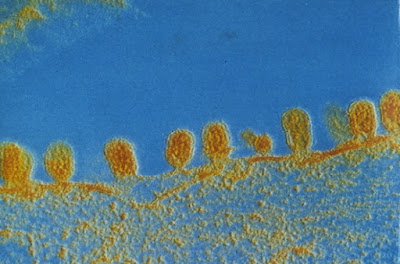Cells, Adaptation, and the CET Model
Today is the 100th anniversary of Dr. Henry M. Morris' birth. I think he would approve of the continuing work of the Institute for Creation Research.
Have you had the experience of buying a gift for someone and having it used for a purpose other than what it was intended? Maybe a thing that is sometimes called a "hot mat" or "hot pad" where cooks can take pots off the stove and set them on those so they do not damage the counter top. Some have nice images, which adds to the kitchen décor. I've seen them used as decorations on the wall. I wonder if Dr. Araujo may feel that way about her work on cells and mathematics.
Sure, there's no escaping math, it seems. You thought you were safe studying biology? Not happening, old son. Dr. Araujo's strength is in mathematics, but did a great deal of research in the logic used by cells for adaptation.
Although she tried to apply her work to molecules-to-mathematician evolution, it actually is a much better fit for creation science research. Specifically, something you have read about here a few times: the Continuous Environmental Tracking (CET) model that is being developed by the Institute for Creation Research. Organisms were designed by the Master Engineer to adapt, and information continues to support this fact.
Have you had the experience of buying a gift for someone and having it used for a purpose other than what it was intended? Maybe a thing that is sometimes called a "hot mat" or "hot pad" where cooks can take pots off the stove and set them on those so they do not damage the counter top. Some have nice images, which adds to the kitchen décor. I've seen them used as decorations on the wall. I wonder if Dr. Araujo may feel that way about her work on cells and mathematics.
 |
| Image of cells credit: CSIRO (CC BY 3.0) |
Although she tried to apply her work to molecules-to-mathematician evolution, it actually is a much better fit for creation science research. Specifically, something you have read about here a few times: the Continuous Environmental Tracking (CET) model that is being developed by the Institute for Creation Research. Organisms were designed by the Master Engineer to adapt, and information continues to support this fact.
A new development in mathematical modeling from Dr. Robyn P. Araujo at Queensland University of Technology in Brisbane, Australia, goes a long way to help explain how creatures adapt. A design-based interpretation of her findings causes the math models to be integral to understanding the engineered mechanisms that enable organisms to rapidly solve environmental challenges.It's rather technical, but you can read the rest by clicking on "Cells Use Elaborate Math to Adapt".